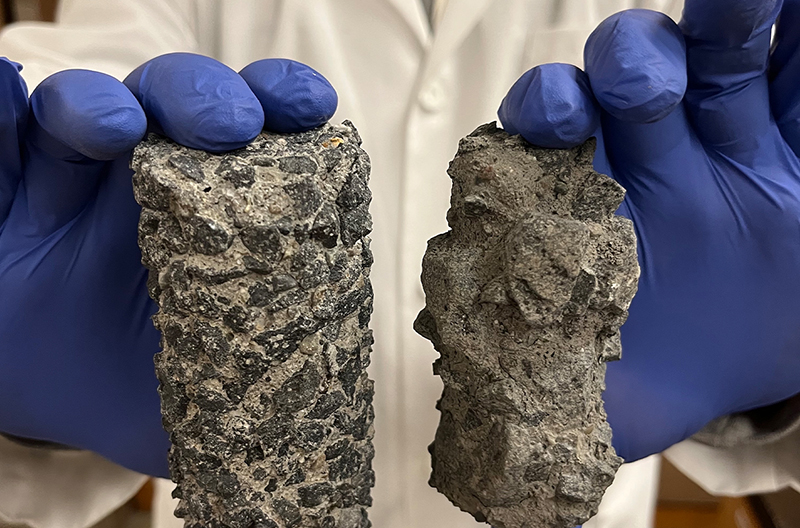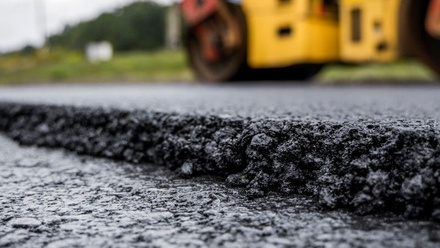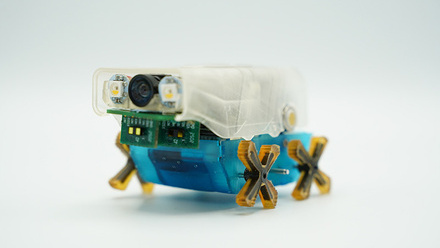Nano-engineered sealer promises more durable concrete
A nanomaterial-engineered penetrating sealer developed better protects concrete from moisture and salt.

The novel sealer, developed by Washington State University, USA, showed a 75% improvement in repelling water and a 44% improvement in reducing salt damage in laboratory studies compared to a commercial sealer.
‘We focused on one of the main culprits that compromises the integrity and durability of concrete, which is moisture,’ says Xianming Shi, professor in the Department of Civil and Environmental Engineering who led the work. ‘If you can keep concrete dry, the vast majority of durability problems would go away.’
A lot of the US critical infrastructure, was built between the 1950s and 70s and is now reaching the end of design life.
Topical sealers have emerged as one tool to protect concrete, and many state departments of transportation use them to protect bridge decks in particular, which seem to suffer the worst from salt damage. The sealers on the market provide some level of protection, but moisture is often able to make its way into the concrete, explains.
The researchers added graphene oxide and montmorillonite nanoclay, to a commercial siliconate-based sealer. The nanomaterials increased the density of the microstructure of the concrete, making it more difficult for liquid water to penetrate. They also formed a barrier against the intrusion of water vapour and other gasses that tend to make their way into the concrete. The nanomaterial also protected the concrete from the physical and chemical attacks of deicing salts. The penetrating sealer is designed to be multi-functional, as it can also serve as a curing aid for fresh concrete.
The researchers are now investigating how the nanomaterials-based sealers might help protect concrete from microbial damage or abrasion. They plan to conduct pilot-scale demonstrations in the next two years, deploying an experiment of concrete infrastructure on the university campus or in the city of Pullman.







